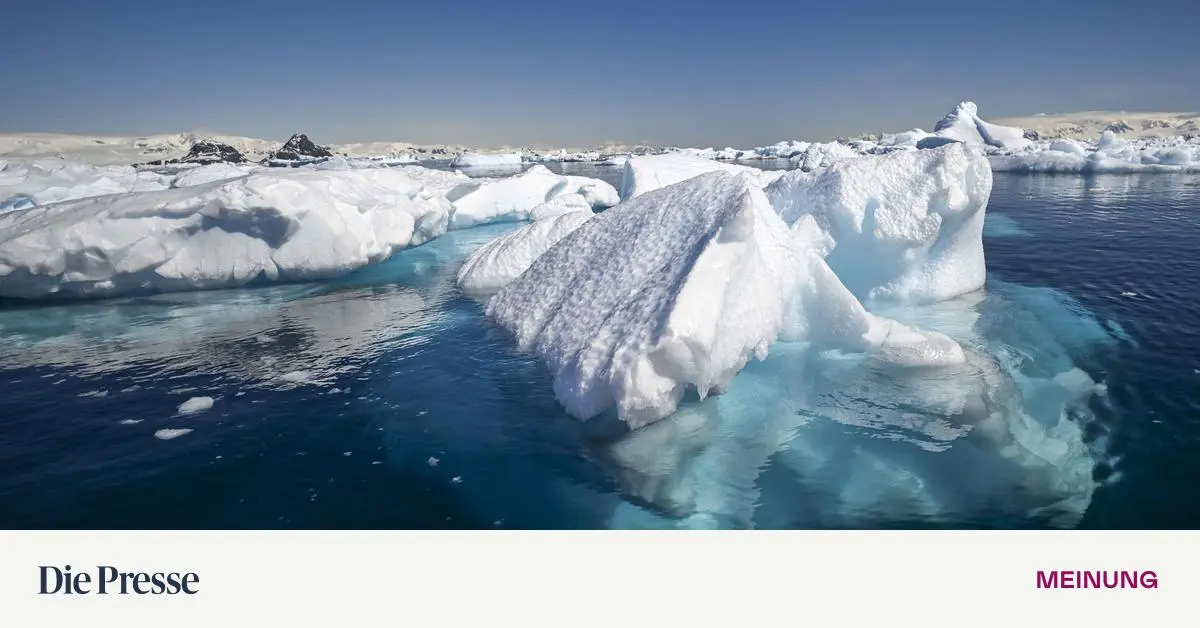Even Antarctica is teeming with life. Some organisms have developed unusual metabolic pathways in this inhospitable environment.
As reported this week at the General Assembly of the European Geosciences Union (EGU) in Vienna, Antarctica's ice sheet, which averages two kilometers thick, hides a diverse landscape of hills, plains and lakes. This is what a German-British team led by Olaf Eisen (Alfred Wegener Institute) discovered during seismic investigations of the Thwaites Glacier in West Antarctica. When and how this spectacle arose is currently unknown – according to researchers at the Max Planck Institute for Meteorology, Antarctica was completely ice-free about 34 million years ago.
Despite the harsh conditions in Antarctica today, there is still life there. Even under the ice, in some places subglacial lakes there are aquatic creatures similar to life in groundwater – at depths of hundreds to thousands of meters in complete darkness. There is much more life in the 0.44% of Antarctica that remains ice-free today. These are mostly microorganisms, but there are also 200 species of lichen, 100 species of moss, 30 species of fungi, and two flowering plants – a very unique Antarctic flower kingdom.
Different habitats in Antarctica share nutrient deficiencies. While there is an abundance of nitrogen in most parts of the world today – due to fertilization and air pollution with nitrogen oxides – it is very scarce in Antarctica. An international research group led by Ping Han (East China Normal University) has now discovered microorganisms of this genus in the barren soil of Antarctica. Nitrospira It has been shown that they have developed an unusual and unique nitrogen metabolism in this extreme environment (Nature Communications, April 12).
Meanwhile, a group led by Zhanqin Zheng (University of Science and Technology of China) recently reported at the EGU conference a notable exception to nutrient deficiency: in coastal areas inhabited by penguins, there is an abundance of nitrogen: flightless birds eat huge amounts of krill and crustaceans. Other small birds on their extensive journeys across the sea – and leave some of the nitrogen and phosphorus they absorb on the mainland in the form of feces. So much so that it can be found in minerals in sediments.
The author headed the “Press” research department and is now a scientific communicator at the American Institute of Technology.
opinion@diepresse.com
www.diepresse.com/wortderwoche

“Social media evangelist. Baconaholic. Devoted reader. Twitter scholar. Avid coffee trailblazer.”








More Stories
Longest jets in the universe discovered – giant particle streams as long as 140 Milky Way galaxies in a row
New method reveals 307 supernova remnants
Snapchat is upping the ante on augmented reality glasses